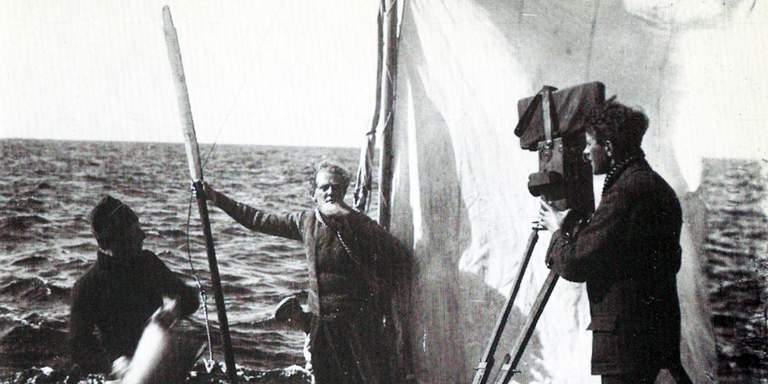The Golden Age of Swedish Cinema
Publish date: 6 November 2025
Sweden was at the forefront of the film medium during the early 20th century. Take a fascinating culture trip through film history and discover the Stockholm studios where it all began.
Influence and Legacy of Swedish Cinema
Swedish film experienced its first boom in the latter half of the silent age of cinema, 1912-1924. This period is often called the Golden Age of Swedish Cinema when movies like Häxan (The Witch), Terje Viggen (A Man There Was), The Saga of Gösta Berling (Gösta Berlings Saga), The Phantom Carriage (Körkarlen), and Ingeborg Holm put Sweden on the cinematic map. The poetic use of Swedish landscapes (more often than not shot on-location), in-depth studies of character and emotions, and groundbreaking optical effects have left a lasting impact on cinema history.
The most important Swedish directors of this period are Victor Sjöström and Mauritz Stiller. Eventually, they both crossed the Atlantic to try out their luck in Hollywood. Along for the ride was also a young Greta Garbo, having recently been cast by Stiller in her breakthrough performance in The Saga of Gösta Berling.
Unfortunately, Sjöström and Stiller’s success as Hollywood directors was modest, at best. And when sound movies became the norm, they both moved back to Sweden. Garbo, of course, stayed behind and would eventually become one of the most iconic actors in cinema history.
Read more about the early successes of Swedish cinema at the Swedish Film Institute.
